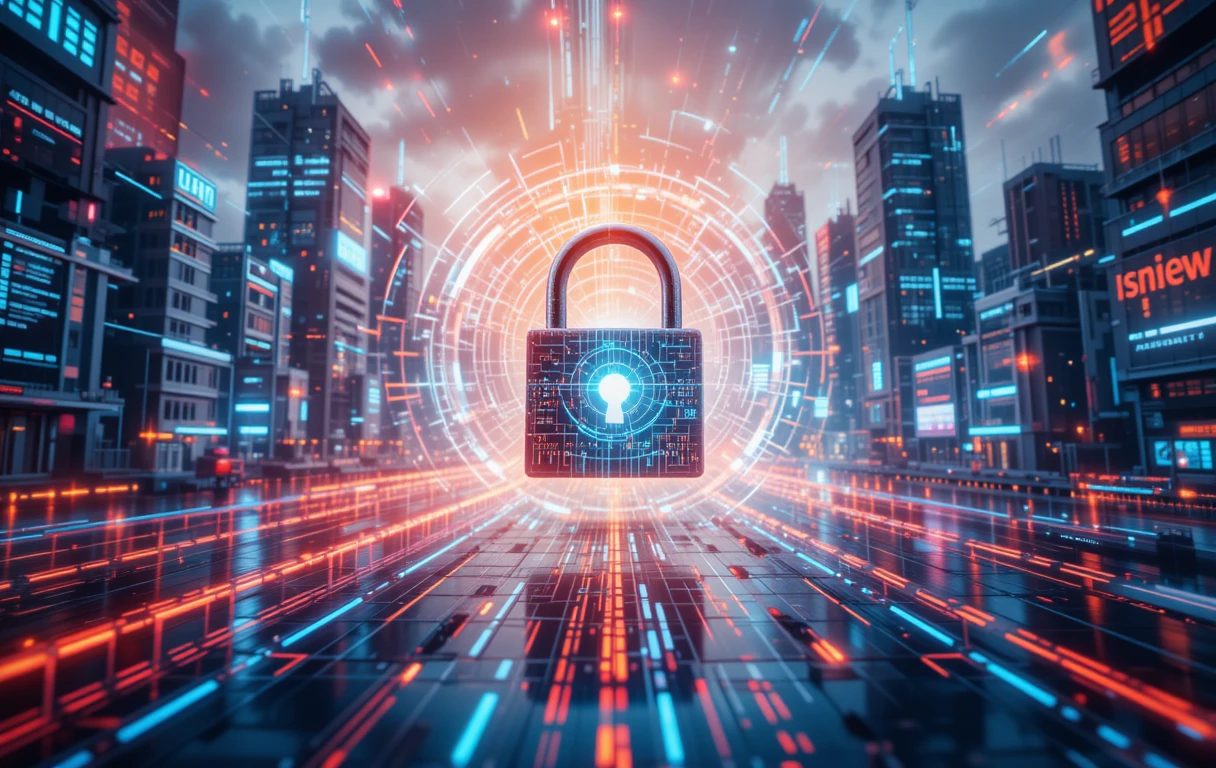As enterprises dive deeper into the digital realm, the cybersecurity landscape continues to evolve, presenting new and complex challenges. Cybersecurity in 2025 isn’t just about defending against known threats—it’s about staying ahead of sophisticated attackers, adapting to advanced technologies, and addressing vulnerabilities in a hyper-connected world.
Are you prepared to protect your business from the risks ahead? This guide explores the cybersecurity challenges enterprises face in 2025 and offers actionable strategies to safeguard your organization.
Why Cybersecurity Matters Now More Than Ever
In 2025, businesses are more reliant on technology than ever, from cloud computing and artificial intelligence to IoT and 5G networks. This dependence creates opportunities for growth but also leaves enterprises vulnerable to:
- Data breaches compromising sensitive information.
- Ransomware attacks halting operations and causing financial losses.
- Regulatory non-compliance, leading to hefty fines and damaged reputations.
Cybersecurity isn’t just an IT issue—it’s a business priority that demands attention from every level of an organization.
Top Cybersecurity Challenges Enterprises Face in 2025
Rise of Sophisticated Ransomware
Ransomware attacks are growing in complexity and targeting critical infrastructure, hospitals, and large enterprises. Advanced ransomware strains use double extortion, encrypting data and threatening to release sensitive information unless a ransom is paid.
AI-Powered Cyberattacks
While artificial intelligence enhances security tools, it also equips hackers with advanced capabilities. AI-driven attacks can bypass traditional defenses by learning and adapting in real-time.
Supply Chain Vulnerabilities
Enterprises increasingly rely on third-party vendors, exposing them to supply chain attacks. A single weak link in the chain can compromise the entire network.
IoT Security Risks
The proliferation of IoT devices expands the attack surface, with unsecured devices serving as entry points for attackers. In 2025, IoT security remains a critical challenge.
Shadow IT
Unapproved apps, devices, or software used by employees (known as shadow IT) create gaps in visibility and security. These unmanaged systems are prime targets for cyberattacks.
Zero-Day Exploits
Hackers are identifying and exploiting vulnerabilities faster than ever. Zero-day attacks, where exploits are used before patches are released, pose significant risks to enterprises.
Emerging Cybersecurity Trends in 2025
Zero Trust Security Models
Zero Trust principles—where no entity inside or outside the network is trusted without verification—are becoming the standard for enterprise cybersecurity.
Cybersecurity Mesh Architecture
This decentralized approach focuses on securing identities and endpoints, ensuring robust protection in distributed environments.
Post-Quantum Cryptography
As quantum computing threatens to break traditional encryption, enterprises are adopting quantum-resistant algorithms to stay secure.
Automated Threat Detection
AI and machine learning enable faster detection and response to threats, minimizing potential damage.
Preparing for Cybersecurity Challenges in 2025
Conduct Comprehensive Risk Assessments
Identify vulnerabilities across your organization, from endpoint devices to cloud infrastructures. Regular audits ensure emerging threats are addressed proactively.
Invest in Advanced Security Solutions
- Use AI-powered threat detection tools for real-time monitoring.
- Implement firewalls, intrusion prevention systems, and end-to-end encryption.
Strengthen Employee Training Programs
Employees are often the weakest link in cybersecurity. Regular training on phishing awareness, password hygiene, and data protection can minimize human error.
Adopt a Zero Trust Strategy
Limit access based on identity verification and continuously monitor network activities. Zero Trust models reduce the risk of insider threats and lateral movement within networks.
Collaborate with Cybersecurity Experts
Partner with Managed Security Service Providers (MSSPs) or hire cybersecurity consultants to access expertise and advanced tools
The Cost of Cybersecurity Neglect
The consequences of failing to address cybersecurity challenges can be devastating:
- Financial losses: Ransomware demands, legal fees, and recovery costs can cripple budgets.
- Reputational damage: A single breach can erode trust and customer loyalty.
- Operational disruption: Downtime caused by attacks affects productivity and profitability.
Cybersecurity Best Practices for 2025
- Implement Multi-Factor Authentication (MFA): Reduce unauthorized access risks.
- Regularly Update Software: Patch vulnerabilities before attackers exploit them.
- Encrypt Data: Secure sensitive information at rest and in transit.
- Monitor Networks 24/7: Detect anomalies and respond to threats in real-time.
- Backup Data Frequently: Ensure quick recovery in case of ransomware or data loss.
Conclusion
Cybersecurity in 2025 presents both challenges and opportunities for enterprises. By staying informed, adopting proactive measures, and leveraging advanced technologies, businesses can navigate this evolving landscape with confidence. The key to success lies in preparation, collaboration, and a commitment to protecting not just data, but the trust of employees, partners, and customers.
The question isn’t whether your enterprise will face cybersecurity threats in 2025—it’s whether you’ll be prepared to tackle them. Start today to secure a safer tomorrow.




